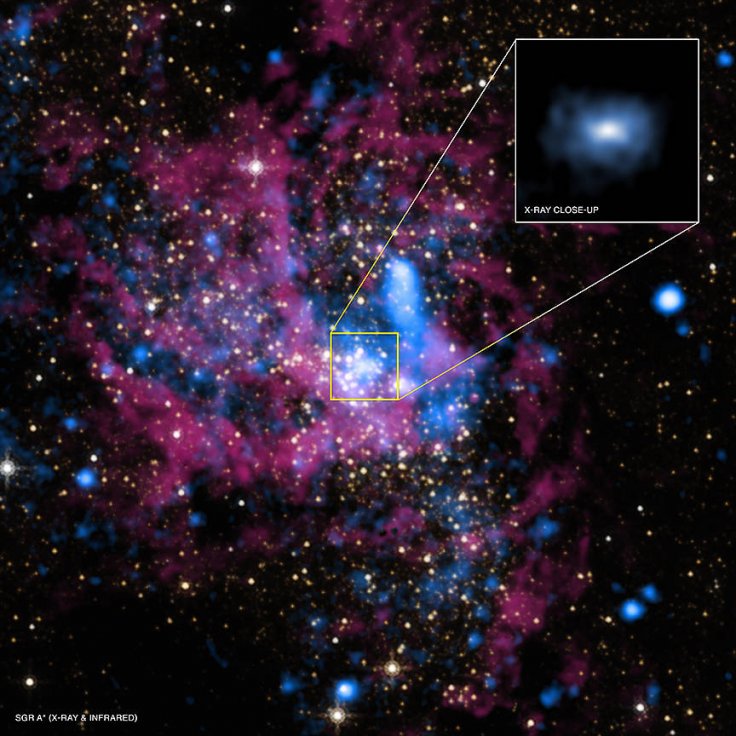
The galaxies are not stagnant and they move around in space. But, as per the researchers, if the Milky Way and another nearby galaxy collide, then it could awake an existing supermassive black hole that would be able to grasp eight times its current mass, as well as surrounding gas and produce a huge amount of high-energy radiation.
Earlier scientists said that when galaxies collide they often merge. Researchers believe that in almost eight billion years, the Milky Way will collide with the closest galaxy, Andromeda.
But, the scientists said that almost six billion years before the collision between Milky Way and Andromeda there could be another cosmic car crash, which would involve our home galaxy and Large Magellanic Cloud (LMC), which is a satellite galaxy that is around 14000 light years in diameter and orbits the Milky Way.
As per the study, conducted by scientists from the U.K.'s Durham University, that was published in the Monthly Notices of the Royal Astronomical Society, in two million years a cosmic collision could wake up the supermassive black hole that is situated at the centre of the Milky Way.
It should be noted that while continuing to orbit our home galaxy, due to the gravitational pull the LMC may come towards earth and end up into a collision and the current measurements suggested that the mass its mass is bigger than initially believed.
Researchers suggested that if the crash takes place, as per the study, it would awake the supermassive black hole Sagittarius A* and swell by a factor of around eight.
Marius Cautun, a postdoctoral fellow in Durham University, said in a statement, "While two billion years is an extremely long time compared to a human lifetime, it is a very short time on cosmic timescales."
"While two billion years is an extremely long time compared to a human lifetime, it is a very short time on cosmic timescales. The destruction of the Large Magellanic Cloud, as it is devoured by the Milky Way, will wreak havoc with our galaxy, waking up the black hole that lies at its centre and turning our galaxy into an 'active galactic nucleus' or quasar. This phenomenon will generate powerful jets of high energy radiation emanating from just outside the black hole," the statement further added.
Even though the collision is not expected to affect our solar system, there is a small possibility that it could be knocked out of the Milky Way and interstellar space.
The scientists also suggested that the collision would make the Milky Way more typical of similar sized galaxies.
As per, an astronomer at the U.K.'s Nottingham Trent University, Daniel Brown, who was not part of the study said that the recent findings will help model future collisions and help the scientists in their future research.
He also told Newsweek, "We have a not so massive black hole that seems to be very quiet at the centre of our galaxy, and odd chemical composition issues with stars surrounding our Galaxy."
"This is where [the researchers] with their models show how a merger in two to three billion years with our largest satellite galaxy will make us average again: larger more active central black hole and more stars of typical chemical composition in the surrounding of the Milky Way," he added.









